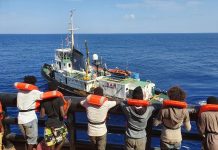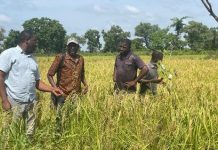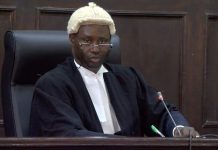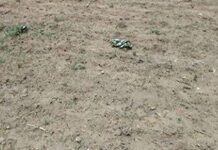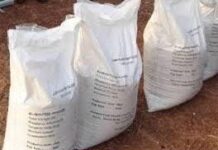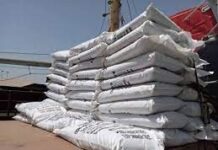This Column is meant to monitor and report on issues that concerns the people of the rural communities in terms of how their development is hindered or facilitated.
Rural development is a process that aims to improve the standard of living of people, living in rural communities.
According to Robert chambers, rural development is a strategy that enables a specific group of people, poor rural women and men, gain for themselves and their children, more of what they want and need.
It involves helping the poorest among those who seek a livelihood in rural communities, to demand and control more of the benefits of rural development. The group includes small scale farmers, tenants and the landless.
Thus, the term rural development may be used to imply any one of the above-mentioned connotations.
To avoid the ineffective floundering among the myriad definitions, we shall define rural development as a process leading to sustainable improvement in the quality of life of rural people, especially the poor.
According to Lamin Sambou Kinteh, for rural development to be meaningful and realizable, the trinity of development must be present and these are electricity, water and rural infrastructural development such as roads, industries, schools, health facilities etc.
In the last edition, we brought the attention of the readers about the concern of rural people with regard to the road network, to ease their movement of goods and services and the focus of this edition will be on the lack of water in rural Gambia.
Public Health Scientists have argued that adequate and safe water is important for human health and well-being, economic production and sustainable development.
Failure to ensure safety and access to drinking water, women and young girls, who are the major role-players in accessing and carrying water, would be prevented from doing income-generating work or attending school, as the majority of their days are often spent walking from their village to village, for their daily water needs.
Although drinking water is a basic human right, many people do not have access to safe and adequate drinking water in rural Gambia.
In the last edition, I recapped what the president said in his National address to the Nation at the National Assembly in 2017 and in this edition, I shall highlight the view of the people of Ndowen with regard to water.
Ndowen, a village in Niani District in the Central River Region of the Gambia, with a cattle population of almost 2000 heads of cattle and a large number of ruminants, has been hit by water shortage due to a broken part of the borehole that served the water need of the cattle.
The village has been suffering from scarcity of water to the point of going to village in Senegal called Ndembalan to get this life sustaining basic necessity.
However, this scarcity of water was addressed a year ago until recent when the borehole that was used as watering point for the cattle broke down thus increasing the demand on water to the only reticulated water supply in the village which has a limited capacity.
Ndey Ndow, the woman holding the metal rode in the picture noted that the broken borehole has increase their burden as they spent hours at the tap without water because the quantity at the tank get finish early due to the high demand on water.
Madam Ndowe indicated that their domestic water need couple with the need of the cattle could be cater by the reticulated supply system in the village thus the water shortage in the village.
Awa Jeng on her part called on philanthropists to assist them procure the metal rod that make their borehole dysfunctional leading to serious scarcity of water in the village.
She noted that metal rod cost D120, 000.
Alhagi Amat Ndow, the Alkalo of the village pointed out that D120, 000 is the only cause of the water shortage in the village.
According to the Alkalo, without the borehole, the reticulated water system in the village cannot cater for the water need of the village due to the huge human and cattle population in the village.
